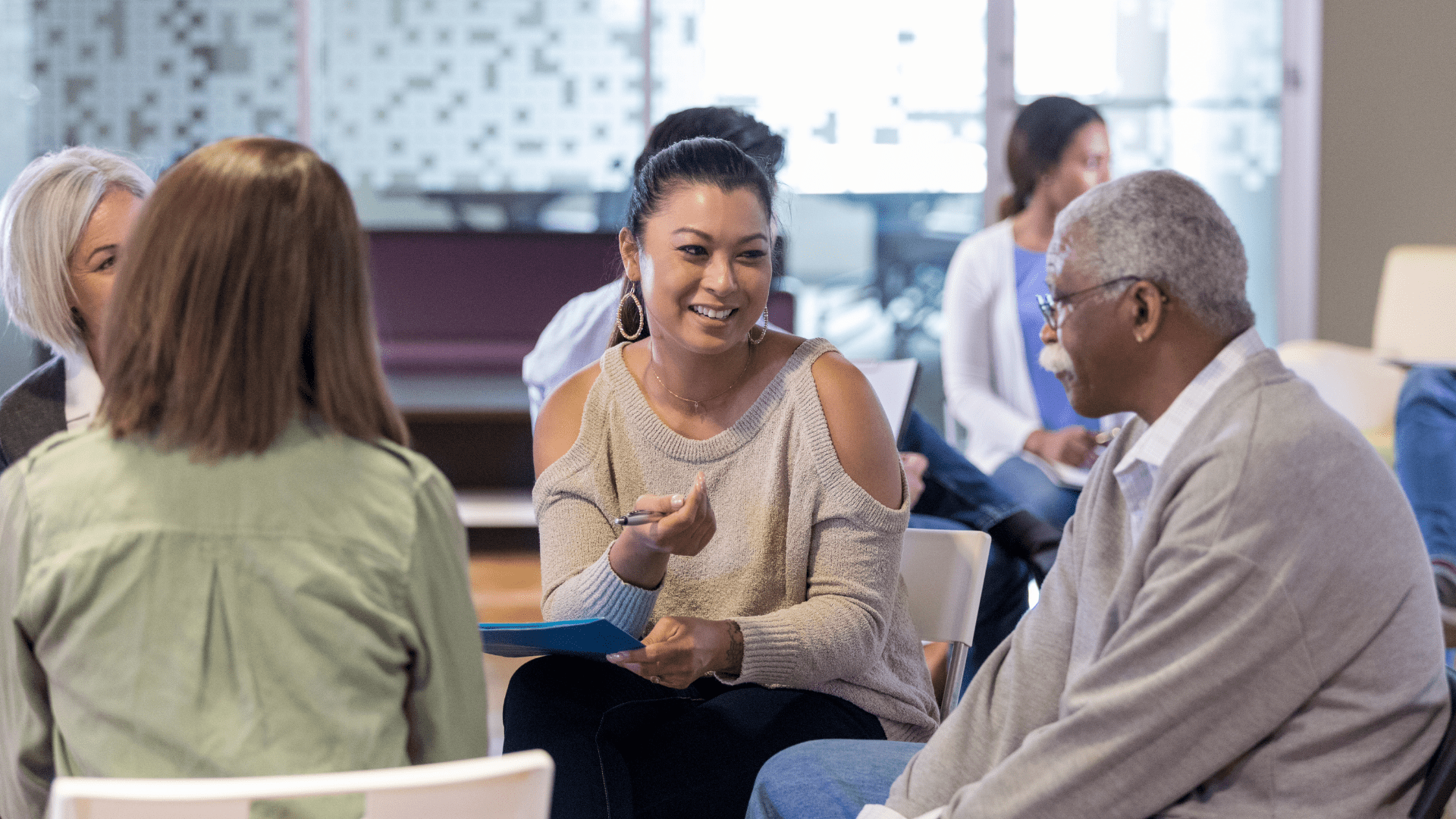True partnership between consumers and healthcare organisations is critical in ensuring our health system meets the needs of all Australians.
Barriers currently exist for many people who wish to meaningfully contribute to improving the quality and safety of health services and we are committed to providing solutions to reducing these barriers. We have developed a suite of resources that support both consumers and healthcare professionals, researchers and policy makers to work together.
On Wednesday 13th of April 2022, HIC hosted an online event to highlight ways we can work to breakdown these barriers.
We shared three resources that demonstrate how consumers at varying stages of development with a broad range of experiences can have equitable access to opportunities to participate in shaping our health system for the better.
Consumer Model – Partnering with Healthcare Organisations
Health consumers play a critical role in improving our health system. This model shows health consumers how they can effectively do this. It highlights opportunities that exist for consumers to contribute, for all experience levels.
Guide for consumer to self-assess the quality of their engagement in healthcare organisations
This guide is for consumer representatives or advisors to self-assess the quality of their engagement in healthcare organisations.
Guide to engaging diverse consumers in organisational and governance structures *
This guide outlines the processes, planning stages and methods for engaging with consumers from diverse backgrounds; and resources and templates to recruit and select consumers to be engaged in governance and organisational committees. * Previously ‘Guide to engage with diverse consumers in healthcare partnerships’
About the event
This session was attended by consumer representatives, and healthcare professionals that work with engaged consumers. There was lively engagement by all attendees, and it was brilliant to hear some of the suggestions for how the consumer engagement resources could be translated into practice.
Some takeaways from the discussion:
- The guidelines are an important part of the solution, and particularly can help increase confidence and provide a map to show what consumer engagement can look like.
- It’s vital that we get these resources to the right people and promote executive buy-in on the need for consumer-related activities and input.
- Services need to dedicate sufficient resourcing if they want to truly partner with consumers. This means having a dedicated consumer engagement lead at each organisation.
- These resources form a fantastic basis to developing organisational consumer engagement frameworks and planning consumer training programs.
- Implementing routine check-ins with consumer representatives to track their progress and create develop plans is key to success.
- Third party organisations can be valuable in facilitating consumer engagement. However, we need to work towards all staff feeling confident and competent to partner with consumers as part of their everyday practice.
- We would love to see iterations of these resources and other consumer resources for different groups including CALD communities, those with lower literacy levels, and those facing digital exclusion.
A blueprint for meaningful partnership
These resources provide a blueprint for best practice in consumer and community engagement. We urge you to use them as a springboard to forge ahead with your commitment to meaningfully partnering with consumers across all levels of the health system.
If you would like to discuss any of these resources or would like support to plan or implement consumer engagement at your organisation, reach out to us at training@hic.org.au.
If you are an engaged consumer, you can also join our Consumers Connect Facebook Group where you can connect with others, get updates about opportunities and share your experiences.






